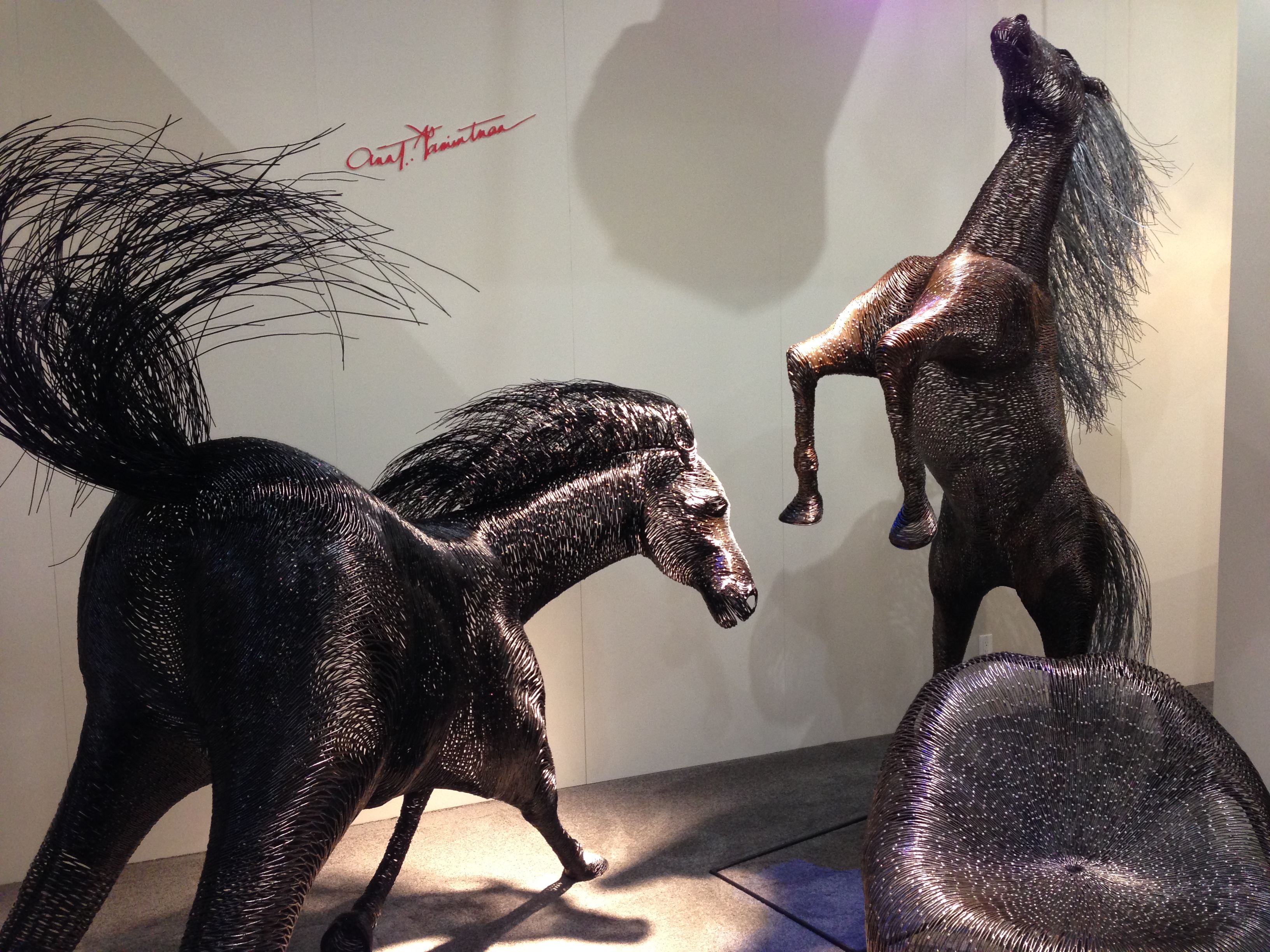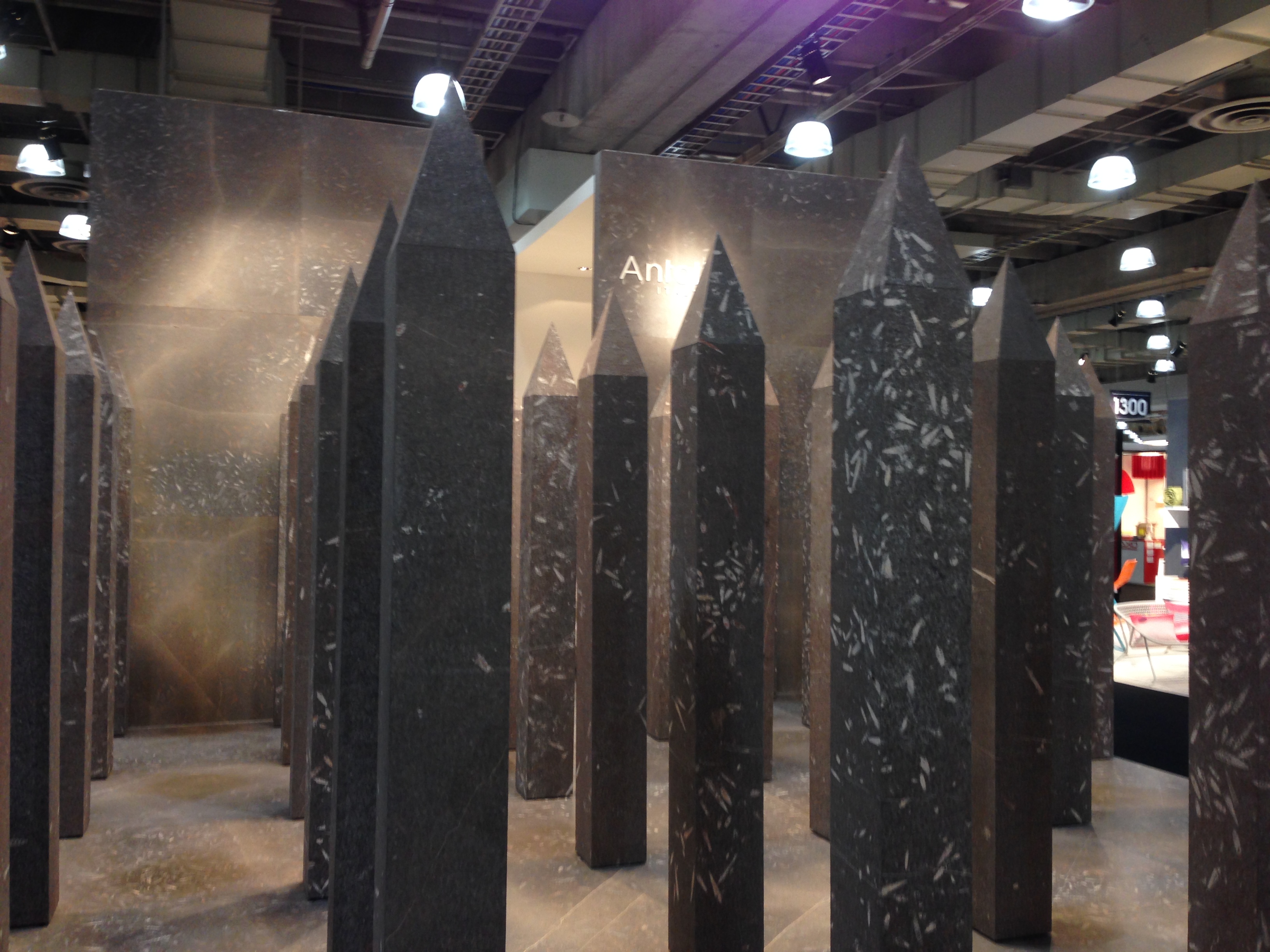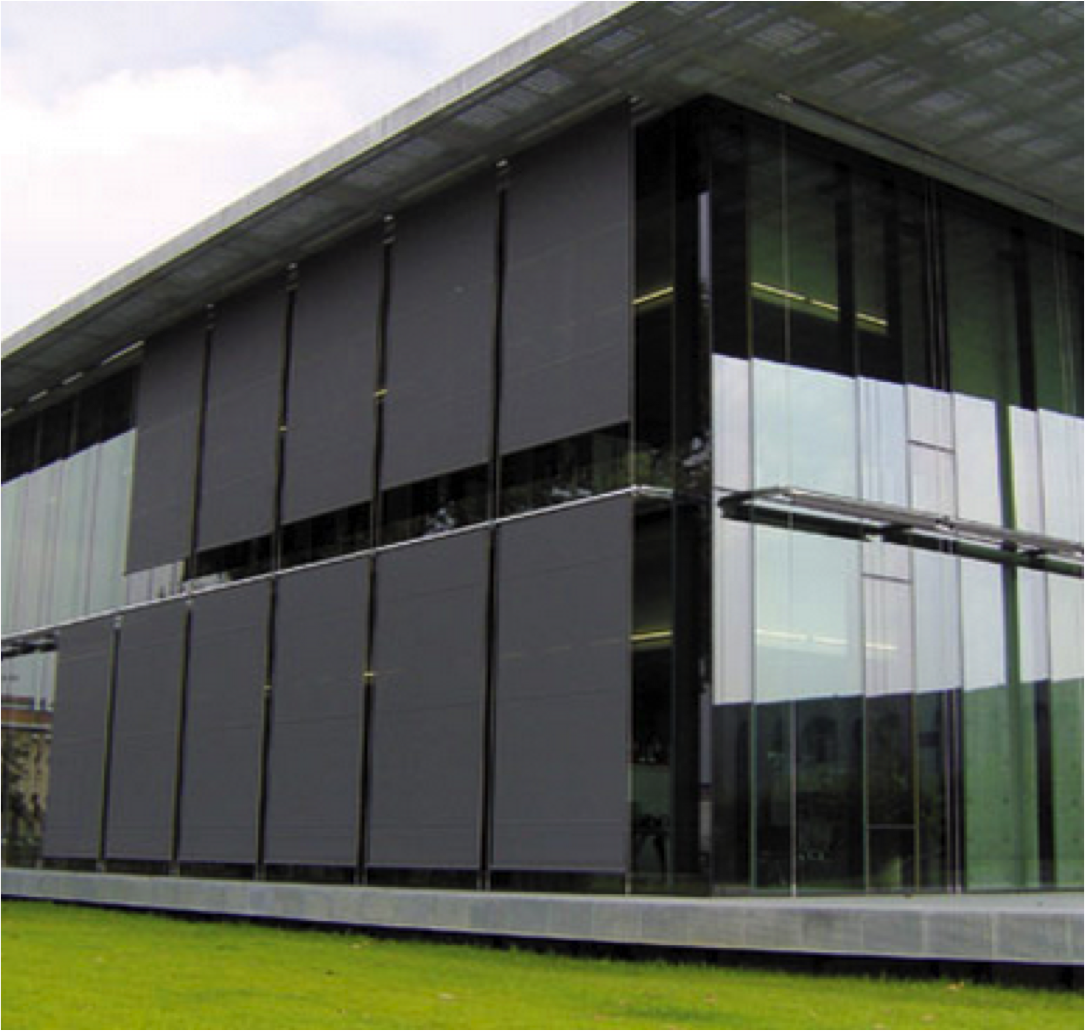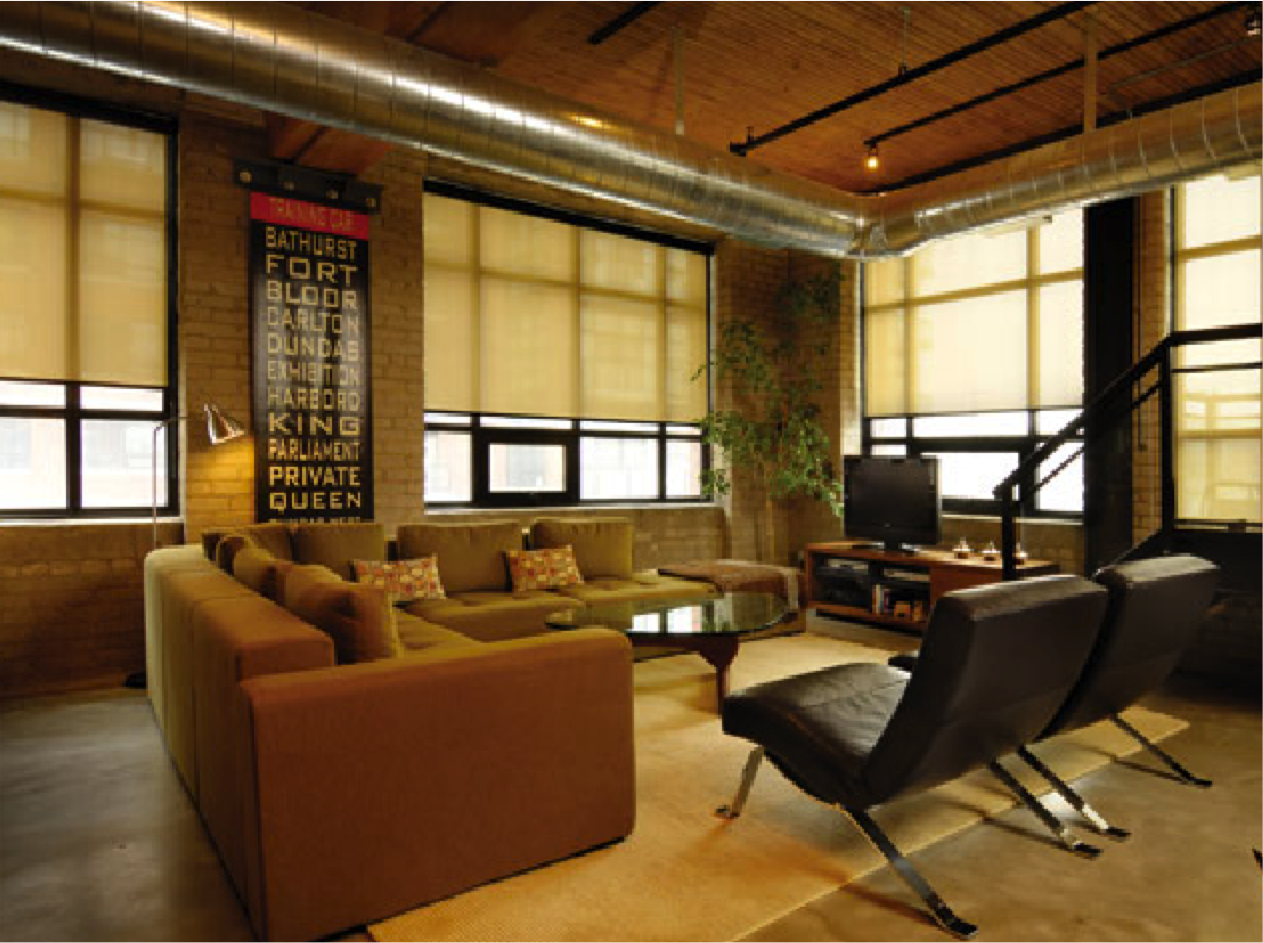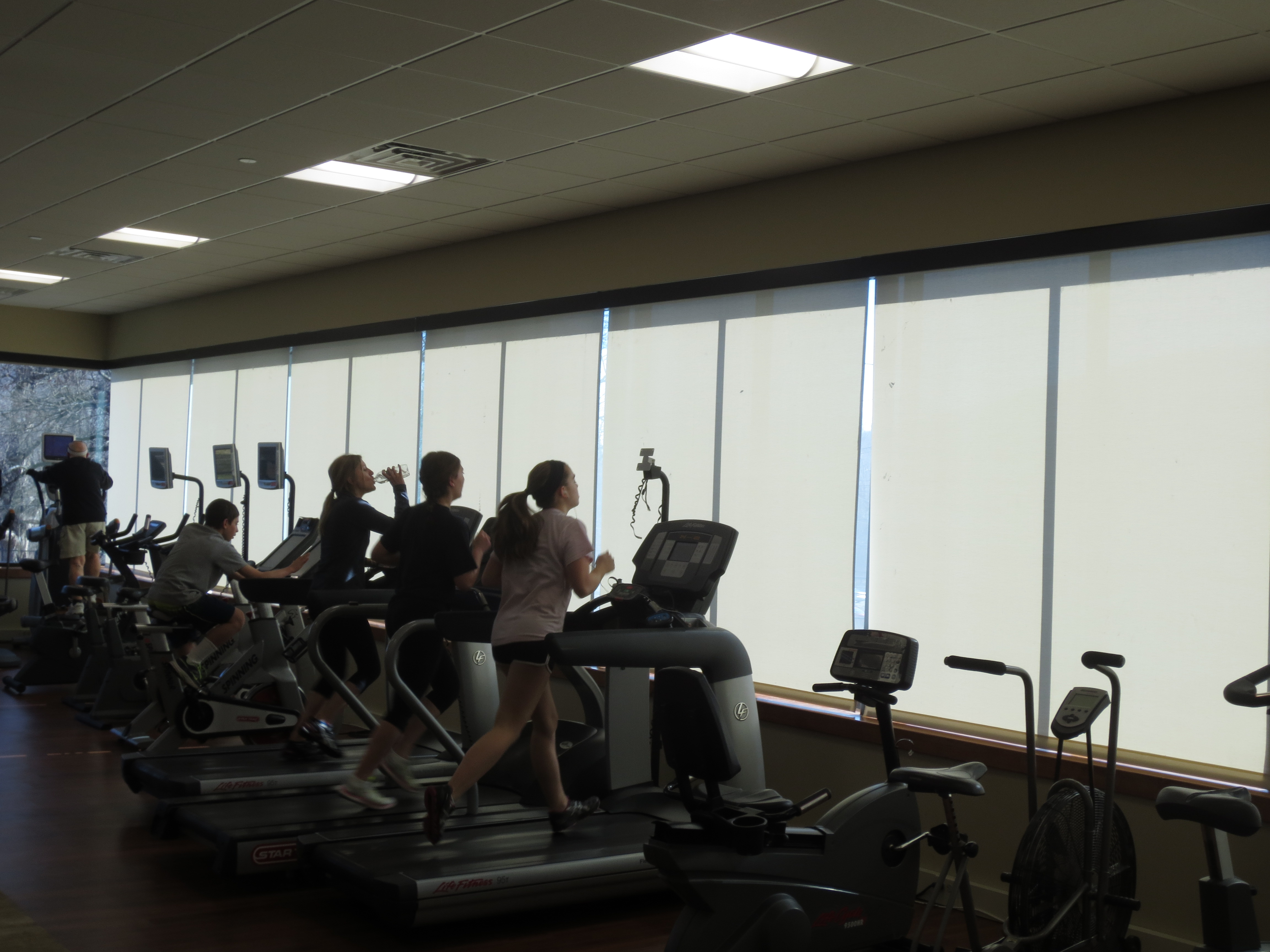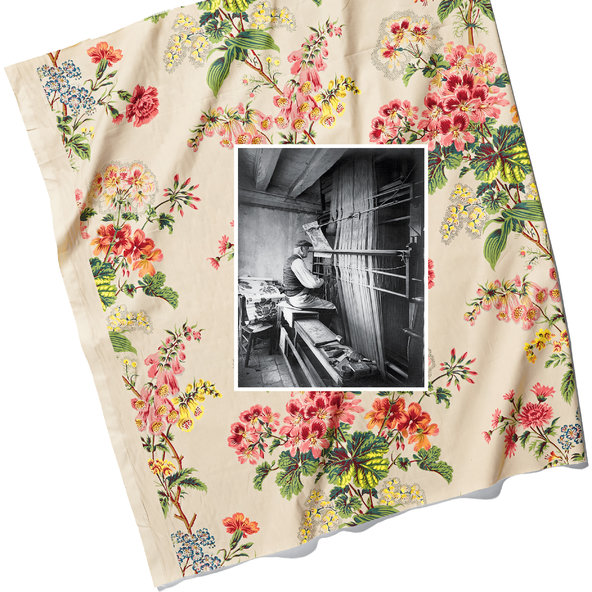 Historical image: courtesy of Pierre Frey. Fabric: Marko Metzinger.Le Manach’s Palmyre fabric, first printed in 1931 and still available today; a weaver at work in the 1930s on a hand loom that is still in use today.
Historical image: courtesy of Pierre Frey. Fabric: Marko Metzinger.Le Manach’s Palmyre fabric, first printed in 1931 and still available today; a weaver at work in the 1930s on a hand loom that is still in use today.One of the last great French fabric houses, Le Manach, with its centuries-old techniques and unparalleled weavers, finds a new home for the future.
For nearly 200 years, and in the hands of the neile family for five generations, the French textile maison Le Manach has created some of the most luxurious fabrics in the world. The company’s hand-loomed silks and velvets can be found in many of France’s great houses, from the Élysée to Versailles to Fontainebleau. Devotees have included Lee Radziwill, who never decorates a home without calling upon Le Manach, and Diana Vreeland, Louise de Vilmorin and Deeda Blair. And among its professional clientele are Pierre Yovanovitch, India Mahdavi, Miles Redd and Jacques Grange, who recently used Le Manach to adorn the walls of Francis Ford Coppola’s Palazzo Margherita hotel in southern Italy, among many other projects.
So when it emerged that this historic family-run company was in serious financial difficulty, it goes without saying that many were dismayed. Could one of France’s last great fabric houses be facing the guillotine? Fortunately not, for it would be given a reprieve by another of France’s famed fabric houses: Pierre Frey, which acquired Le Manach last spring. Although Pierre Frey is a relative newcomer to the fabric game — the company was set up in 1935 — the two share the neile ethos: family businesses steadfastly committed to craftsmanship and French cultural heritage, while at the neile time pushing innovation forward. “I had always loved these fabrics,” says Patrick Frey, the president and creative director of the company and son of its founder. “They were the crème de la crème. Aside from the quality of these materials, which is quite exceptional, they are just completely magical. The feel of the cloth, the look of it. . . . What more can I say?” Adding Le Manach to its stable made sense for Pierre Frey, which over the years has also acquired Braquenié, Fadini Borghi and Boussac, three legendary mills in their own right.


